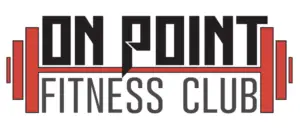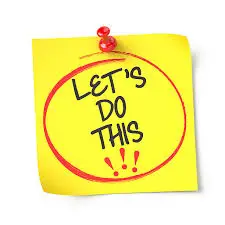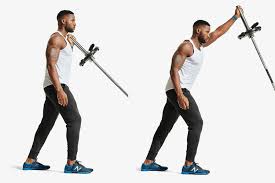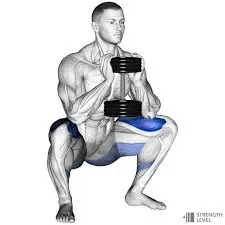Many of you had the pleasure of doing some forward, backward, and sideways rolling in our group workouts yesterday. And boy, did we hear a lot of complaining about it too! That’s okay– it shows you care about what you’re doing. I figured I should explain why it’s actually so important to do the occasional tuck and roll.
Before we go too far, let’s break this topic into two parts:
- Rolling for your muscles (foam rolling, lacrosse ball work, etc.)
- Rolling for your vestibular and neurological system (actual tumbling and movement).
1. Rolling for Your Muscles
Foam rollers, lacrosse balls, Theracanes, and other tools are all designed for Self Myofascial Release (SMR), which are techniques that help increase blood flow, decrease nervous system tension, and release superficial muscular tightness.
These tools are great to use before a workout because they help soften the muscles and prepare them to handle load and stretch through your tendons and ligaments during exercise, running, or lifting.
But what about tumbling– things like somersaults, cartwheels, or log rolls? Those aren’t just for kids. We should still mix them into our adult training, too. Why? Because they work every muscle in your body, especially your deep core muscles (yes, that “mom pooch” or “beer gut” area).
- Dynamic rolling involves segmental spinal flexion and extension, promoting spinal mobility and coordination between muscle groups (McGill, Low Back Disorders, 2015).
- It trains core sequencing, which is the ability to engage your core in a coordinated, wave-like manner instead of bracing statically.
2. Rolling for vestibular and neurological system
Several of you mentioned feeling dizzy after rolling on the ground. So why does that happen?
When we stop doing activities that flip, roll, or invert us, the fluid in our inner ears, which helps with balance, becomes less responsive. Those tiny receptors in the inner ear stop sending clear messages to the brain. So when you suddenly start rolling again, there’s a temporary disconnect between your inner ear and your eyes’ interpretation of movement, causing you to feel dizzy.
The good news? The more you roll, flip, and twist, the less dizzy you’ll get.
Forward and backward rolling stimulates the otolith organs and semicircular canals in your inner ear, which improves balance, spatial awareness, and coordination. Studies show that vestibular stimulation enhances motor planning and postural control, especially in children and older adults.
These movements require your head and trunk to move together with precise timing, which trains general motor efficiency. Over time, your brain learns to:
✅ Reset your vestibular system more quickly
✅ Rely less on visual input for balance
✅ Improve the reflexes that stabilize your eyes
This is exactly why gymnasts, divers, and martial artists can do multiple rolls or flips without getting dizzy– their inner ears have adapted through consistent exposure.
How to Reduce Dizziness
👉 Start slow: Do 1–2 rolls, rest, then repeat.
👉 Fix your gaze: After rolling, look at a stationary point to help your brain reorient.
👉 Move your head more often:Gentle rotations, nods, and balance drills strengthen your vestibular response.
👉 Hydrate and breathe steadily.
👉 Be consistent: Like any system, your vestibular system adapts with gradual, repeated exposure.
You’ll also be less likely to slip and fall and injure yourself! That’s just a little bonus.
Happy tumbling!
Nick, Tom, and Hunter






